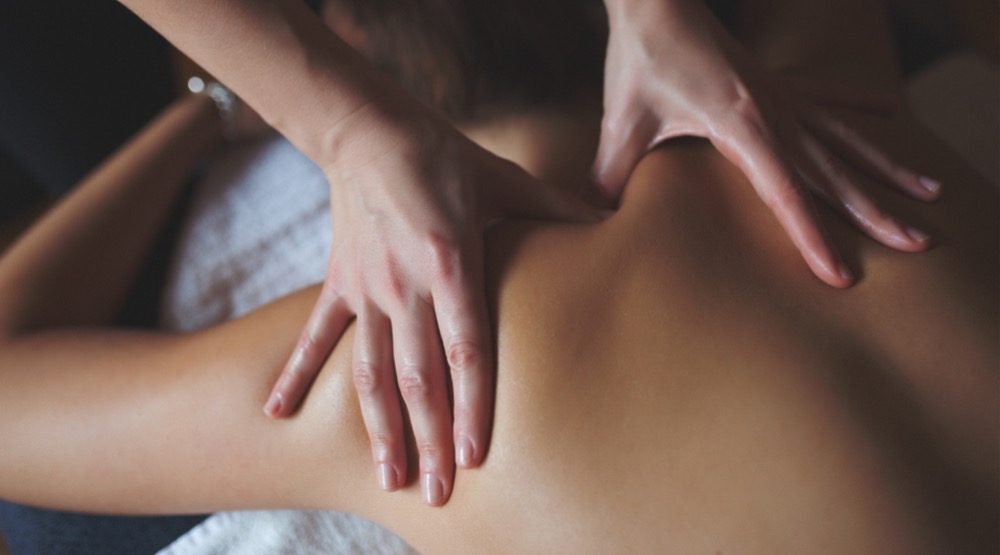While salon therapists are not doctors, they are often the first line of defence when it comes to skin health. That is, Australians tend to be more likely to be bare-skinned in a beauty salon than they are to go for a skin-cancer check at a specialist’s office.
With that in mind, it’s imperative for therapists to be able to identify anything potentially sinister on their customers’ skin.
According to dermatologist and spokesperson for the Skin Cancer Foundation, Doctor Susan Bioko, anything that looks unusual justifies a mention. Things to be concerned about include anything that is bleeding, is asymmetrical (“If you you were cut the spot out and folded it over, one half would not match the other,” says Doctor Bioko), an unusual colour, a spot that is darker in colour than a regular mole, or something that wasn’t there at the customer’s last treatment.
Beauty therapists play a crucial role in skin cancer detection, says Doctor Bioko. “When a client is coming into a salon for a treatment, they may not even be aware that these things exist on their body. So the ability to see that something is different and to being it to the attention of your customer is an important skill.”
With that in mind though, it is absolutely not the role of the beauty therapist to make a diagnosis. “It’s not the job of the salon employee to say so thing looks like cancer, or even that something looks unhealthy. Rather, they should say that something looks ‘different’, and encourage them to see their doctor,” says Doctor Bioko.
Doctor Bioko also suggests asking the customer if you can take a photo, so the customer and their doctor can easily locate the spot. “Don’t take a close-up. Rather, take it in a way that the doctor can see where other landmarks on the body are, so that the doctor can easily locate where the problem is.”
Being able to recognise a dangerous sign and speaking up may be uncomfortable, but can also potentially save your customer’s life.
For more news and updates, subscribe to our weekly newsletter.

